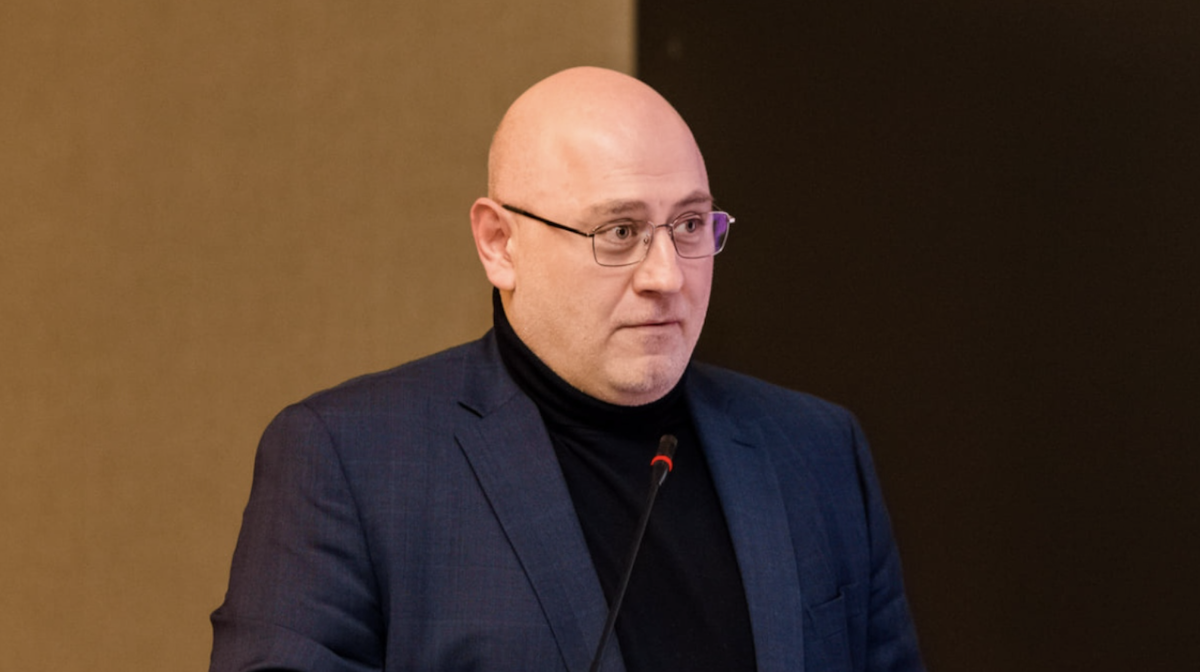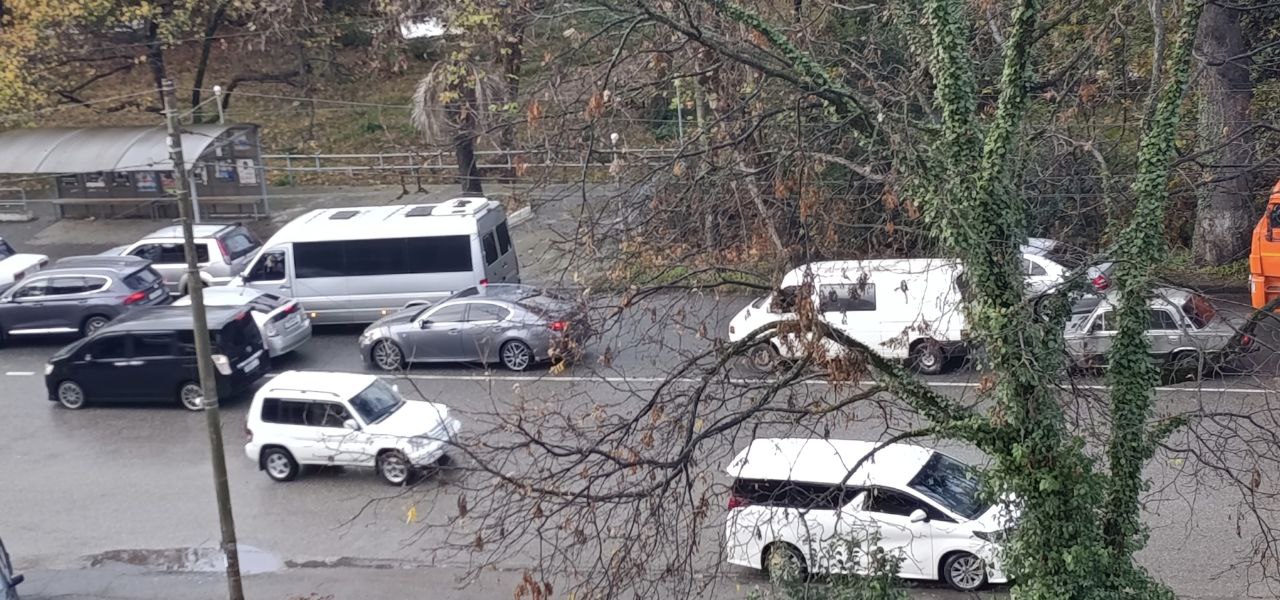Don’t open the windows!
Deprived of clean air
The health of the residents of Metsamor town and the neighboring villages has been endangered for about 20 years. An entire generation has been raised in these conditions. The problem manifested itself following the appearance of a terrible odor, that has remained there for years.
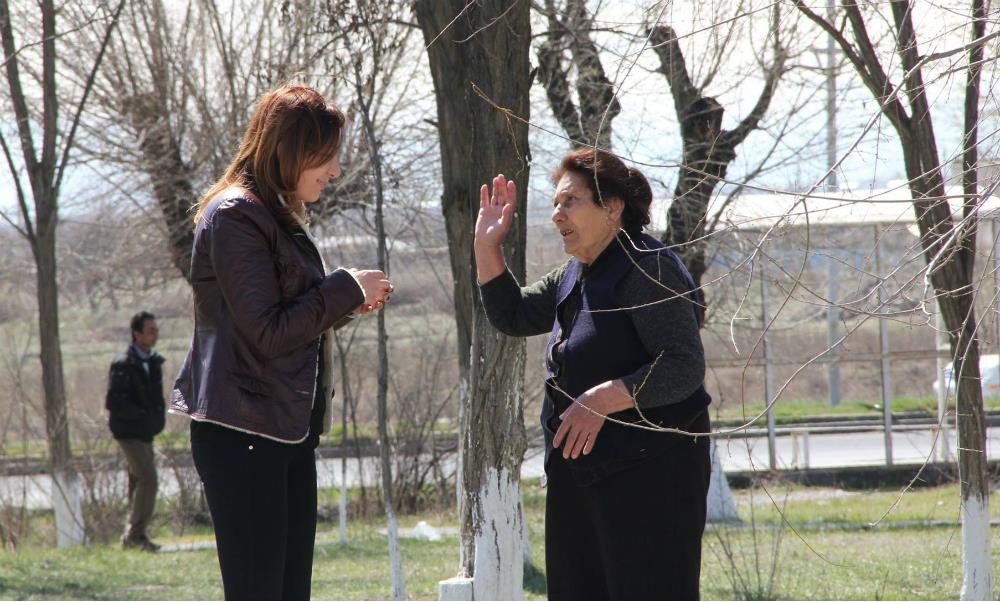
Karine Hovhannisyan, a Metsamor resident, does not remember the last time she breathed in clean air; the stench of sewage follows the town residents everywhere. In her words, all of the residents of Metsamor have forgotten what it’s like to open their windows and air out their rooms, especially in summer.
Evening strolls are also unpopular here: people prefer staying home, not going outside into the yard to avoid breathing their town’s ‘aroma.’ One can go for a walk only in cool weather.
What is it that smells so awful?
At first, the town residents thought that the terrible stench came from the nearby bogs. Later, the peculiar smell showed them the right answer: sewage water flows into the bogs.

The thing is that the Armavir and Metsamor sewage treatment plant is located in the vicinity of the town. The pipes, through which the wastewater runs from both cities, were damaged and the water has started flowing into artificial ponds in that area.
As fast as it could, CJCS Armvodokanal (Armenian water and sewage company) tried to restore the sewerage system, but having found out that the aforesaid required huge funds, it went back on its original plan. In the course of time, the wastewater treatment plant also became unserviceable due to a standstill.
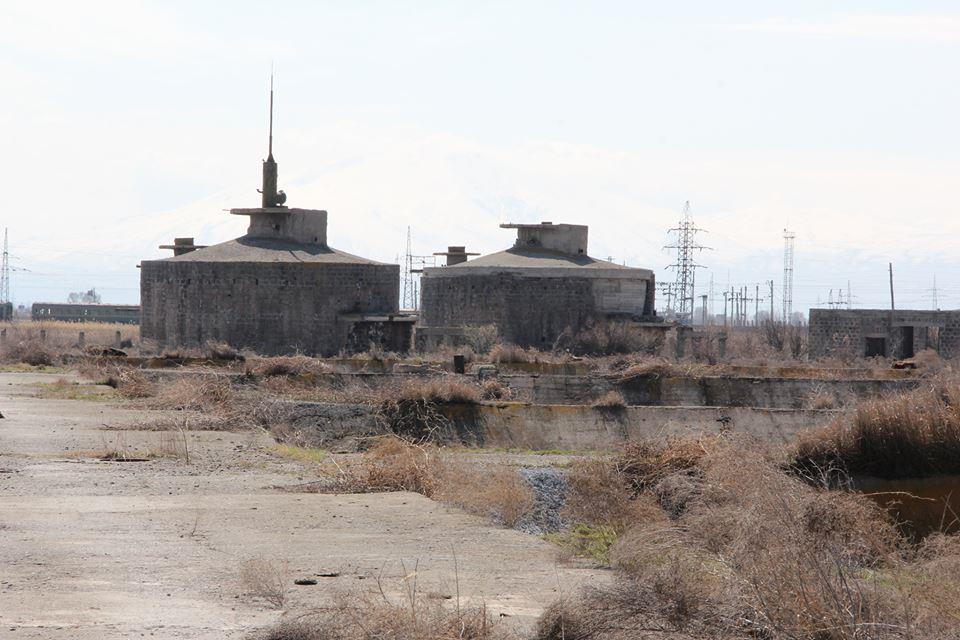
Meanwhile, the livestock pastures near the artificial ponds and the neighboring communities also use this water for irrigation of their arable lands.

The aforesaid situation resulted in a cholera outbreak in Zartonk village in 1998. There were even reports on fatalities. Though that fact was not officially confirmed, a quarantine was maintained in the region for almost a year.
Who is responsible?
It’s not that easy to find the guilty party in the present situation. The wastewater treatment plant, which belonged to CJSC Armvodokanal, was abolished. The Nor Akunk company was set up on the base of CJCS Armvodokanal in 2003, but it no longer had the wastewater treatment plant on its balance.
Nor Akunk Co., that operated the water supply and sewage systems in Metsamor and Armavir, as well as in some ten neighboring villages, explained that it didn’t have any wastewater treatment plant at its disposal and it could not set itself the task of reconstructing it.
After long discussions, negotiations and the residents’ complains, the Armenian government pledged to start seeking funds to solve the problem. Some studies were conducted that revealed that it was unreasonable to repair the wastewater treatment plant and a new one was to be constructed.
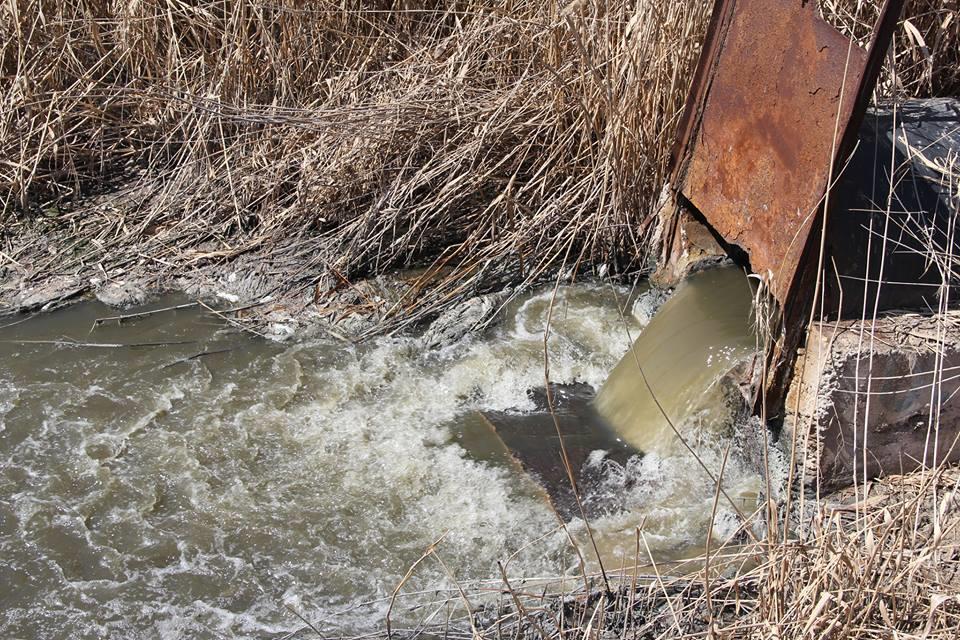
For some unknown reasons, in the past five years the solution to the problem was linked to the construction of the nuclear power plant unit in the vicinity of Metsamor. The construction of the nuclear power plant unit did not commence, leaving the wastewater treatment plant issue hanging in the air.
In 2013, CJSC Nor Akunk fell within the jurisdiction of Frenchmen, who were transferred the entire CJSC Armvodokanal company’s managerial rights. The fate of the wastewater treatment plant is still on the Armenian government’s agenda, but there is no progress as far as that is concerned, whereas the risks are increasing day by day.
Wastewater movement
Having mixed with the water from the artificial reservoirs, the wastewater flow into the pumping station, operated by the Sev Jur-Akhtamar Company. The latter provides irrigation water supply to the communities. Thus, the water is pumped from there into the irrigation system.

For example, Hamlet Hakobyan, a Yeghegnut community resident, says he does not understand whether he is using irrigation water or wastewater in his plot. In his words, the smell that spreads during the irrigation also affects the plants: they often get dry, whereas the crops acquire a strange smell.
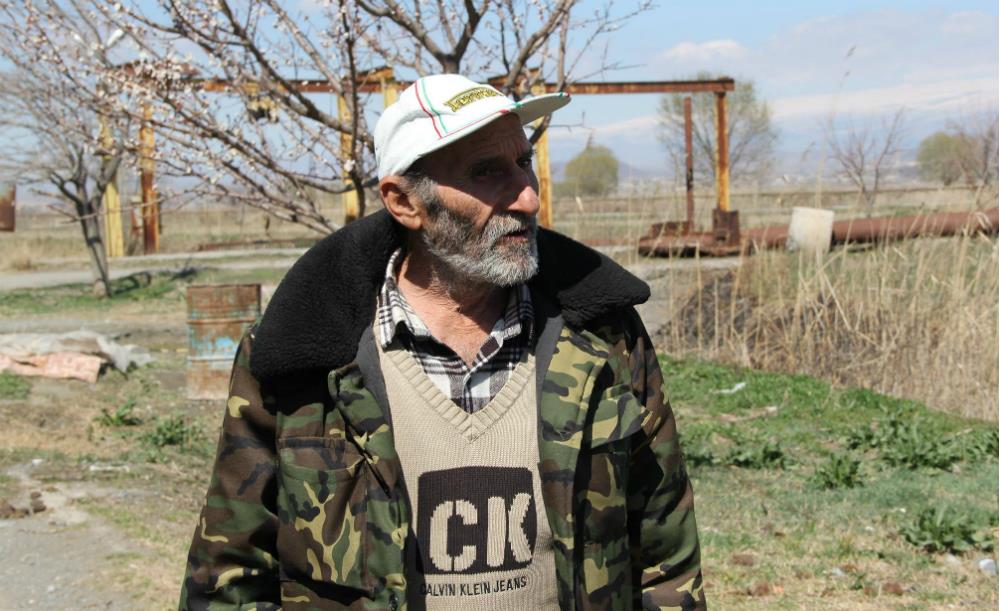
Hamlet also works at the Sev Jur-Akhtamar Company. He shows how the wastewater flows through the water supply system, gets into the pumping station and runs further to the irrigation canal.
He himself, has been cultivating only broomcorn (sorghum) on his plot in recent years. According to him, irrigation with wastewater is not dangerous for a broom, which is not the case with melons and water melons. It is abnormal to irrigate the garden with wastewater and then to eat whatever is grown there.

The neighboring villages are supplied with drinking water from artesian wells that are surely contaminated by wastewater, since it penetrates into the soil and deep within the earth. Experts claim that was the reason of the cholera outbreak in 1998.
It is noteworthy that cattle from neighboring villages drink water from the artificial ponds where the wastewater flows to.
Metsamor residents are in bad shape
Robert Grigoryan, the Metsamor town mayor, has raised this issue on a number of occasions. In his words, he had never missed a chance to report the problem to different entities, but he did not achieve anything except mere lies and promises. With the town’s budget amounting to just AMD 209 million, one could hardly commission even a wastewater treatment plant project.
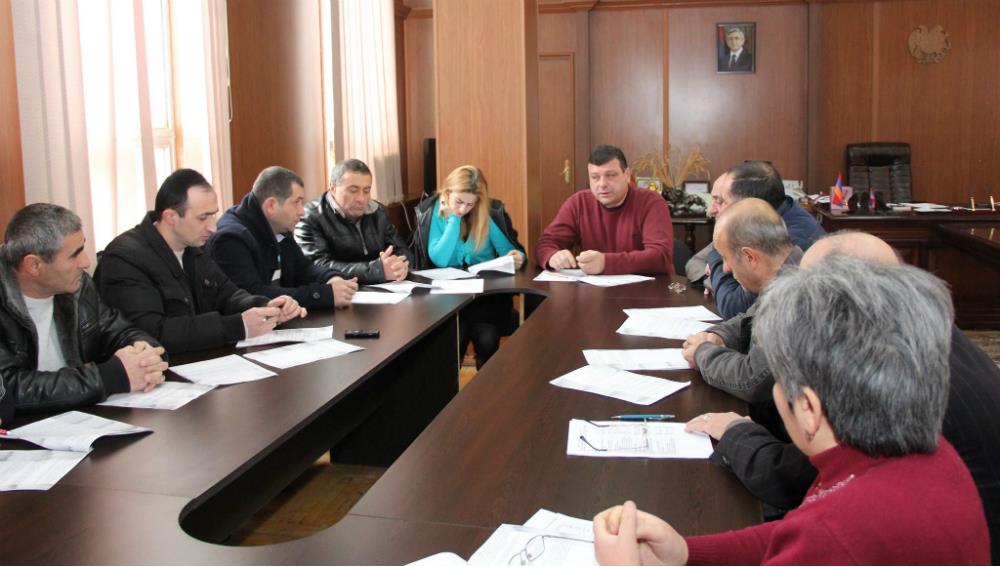
The given situation is of great concern to the Armavir region’s epidemiological center. However, its employees speak about possible risks to the region only during private conversations, avoiding to make any official statements.
According to experts’ estimates, approximately EUR 9 million is required for the construction of a new wastewater treatment plant and that amount could be obtained only through credit programs.
Back in November 2014, the Armenian government endorsed a program entitled ‘Restoration of the Water Supply and Sewerage Networks and Infrastructure of Small Towns and Villages of Armenia’ that was to be implemented through the European Investment Bank’s funding. It planned to get EUR 25.5 million credit for that purpose.
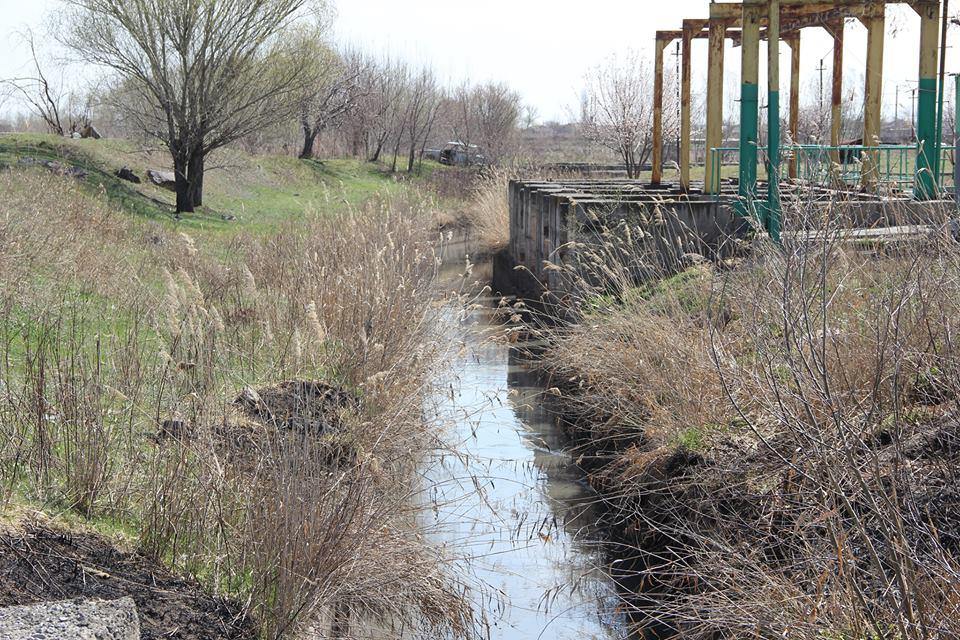
The credit program also provided for the construction of the Metsamor wastewater treatment plant. The works were due to be launched in 2014 with a feasibility study, whereas the construction works were due to begin in 2015. However, no one could tell so far, at what stage the construction of the wastewater treatment plant is.
All behind-the-scenes talks boil down to the point that in 2017, the country’s entire water supply and sewage system will be transferred to one managing company due to competition. At the same time, an office will be set up to coordinate the implementation of programs in this sphere and be responsible for their timely realization throughout the country. That’s where the priority of their implementation will be decided.
While this process is just brewing up, Karine Hovhannisyan will not be able to open the windows of her house for the next 3-4 years and Hamlet Hakobyan will not cultivate anything but the sorghum for brooms.
Published: 14.06.2016










